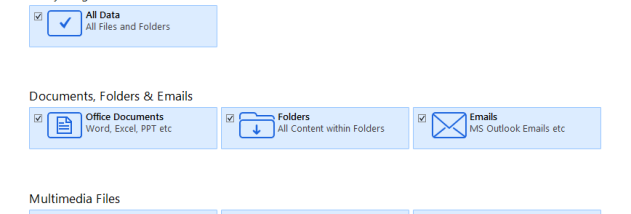

One-click setup: mitmproxy requires you to manually configure whichever client you want to use its proxy, and to trust its CA certificate for all HTTPS. HTTP Toolkit is trying to do a few major things on top that mitmproxy isn't though: The internals are effectively the same: under the hood we're both intercepting HTTP(S) proxies. Yep, but I'll try to keep it neutral! I have used mitmproxy a lot myself in the past, and it is a great tool.
#Http toolkit pro how to
See the documentation relevant to your distribution for more information on how to update the system to trust your self-signed certificate. Note: Various Linux distributions may require other steps or commands for updating their certificate authority. Next, open the certificate in the app, enter the Trust section, and under When using this certificate select Always Trust.

After opening this, drag the certificate into the app. This can be found under Application/Utilities/Keychain Access.app. On macOS, you can add your certificate by using the Keychain Access program. You should see: 1 14:47:10 Running server on :8080. Projects directory path (default "~/.hetty/projects") Creates a new CA private key if file doesn't exist (default "~/.hetty/hetty_key.pem")

Creates a new CA certificate is file doesn't exist (default "~/.hetty/hetty_cert.pem")ĬA private key filepath. TCP address to listen on, in the form "host:port" (default ":8080")ĬA certificate filepath. To start, ensure hetty (downloaded from a release, or manually built) is in your $PATH and run: $ hettyĪn overview of configuration flags: $ hetty -h hetty directory under the user’s home directory ( $HOME on Linux/macOS, %USERPROFILE% on Windows). When Hetty is run, by default it listens on :8080 and is accessible via Depending on incoming HTTP requests, it either acts as a MITM proxy, or it serves the API and web interface.īy default, project database files and CA certificates are stored in a. $ docker run -v $HOME/.hetty:/root/.hetty -p 8080:8080 dstotijn/hetty For persistent storage of CA certificates and project databases, mount a volume: $ mkdir -p $HOME/.hetty go file with go.rice beforehand.Ĭlone the repository and use the build make target to create a binary: $ git clone :dstotijn/hetty.gitĪ Docker image is available on Docker Hub: dstotijn/hetty. Additionally, the static resources for the admin interface (Next.js) need to be generated via Yarn and embedded in a. Hetty depends on SQLite (via mattn/go-sqlite3) and needs cgo to compile.

#Http toolkit pro windows
Hetty compiles to a self-contained binary, with an embedded SQLite database and web based admin interface.ĭownloads for Linux, macOS and Windows are available on the releases page.


 0 kommentar(er)
0 kommentar(er)
